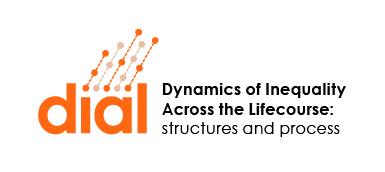We study school choice in England using a new dataset containing the choices of all parents seeking a school place in state secondary schools. We provide new empirical evidence to inform how the school choice market functions, including the number of choices made, whether the nearest school is the first choice and the probability of an offer from the first choice school. These indicators show that school choice is actively used by many households in England. We use the rich data available to describe how choices vary by pupil, school and neighbourhood characteristics and how school choice is used differently by different groups and in different parts of the country. For the first time, we are able to present national data on how the school choices made by parents vary according to pupils’ ethnic group and across urban and rural areas. We show, contrary to some existing literature that has relied on smaller and less representative samples of parents and pupils, that school choices do not vary significantly by social background. We show that parents pro-actively use the choice system and present new evidence on the extent to which the current school admissions criteria that prioritise distance penalise poorer families.
